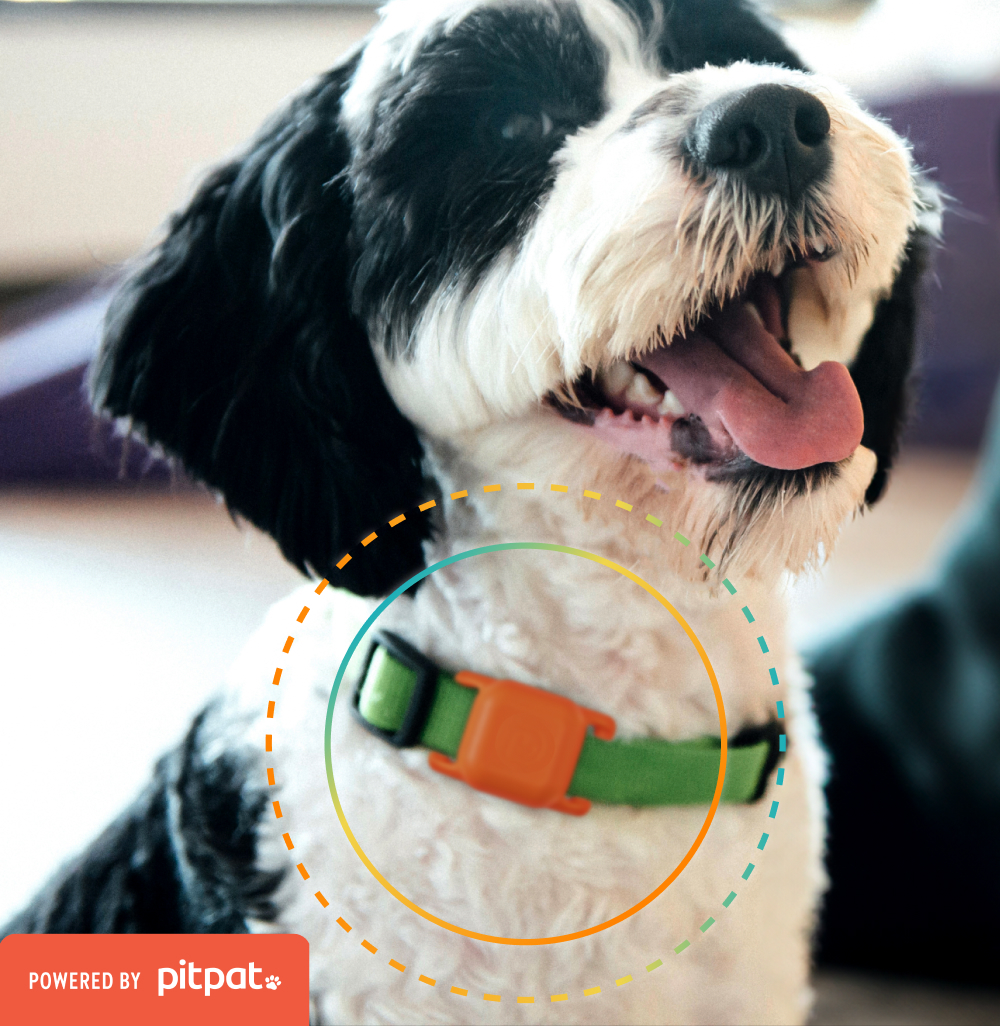How to Introduce Another Dog Into Your Home

Bringing home a new furry family member is an exciting time for pet parents. However, if you have been a one-pup family up to this point, introducing your new pup to your home can be a little trickier than the first time around.
It is important to consider how your current dog will adjust to this new situation. While dogs are pack animals, they also have territorial instincts and can feel threatened by a new puppy in their domain. With some preparation, you can make it a successful, smooth transition for all. Check out these tips:
1. Keep the first introduction on neutral ground
First impressions are important and that goes for our furry friends, too! Be sure to introduce your pups on neutral ground, such as a park, a neighbor’s yard or any safe public space. By keeping the first meeting away from what your current dog considers personal territory, it will ease any fear, anxiety or feelings of being threatened. That way, both pups can get right down to becoming BFFFs (Best Furry Friends Forever)!
2. Be extra cautious with toys and treats
During the first in-home introduction and the weeks following, be sure to do a quick check around your home and temporarily remove any items your current dog may be possessive over such as food bowls, toys and bedding. This will help avoid any possessive conflict that could result in serious aggression. Once more settled, slowly introduce the toys back in as both pups become more comfortable – be sure to get your new pup their own food bowl, toys and bedding.
Dogs can also be very possessive over their dog food, so you should never allow your puppy and adult dog to eat out of the same bowl. Feed each dog separately to begin with, as it will minimize conflict.
3. Remember to give each pup plenty of one-on-one attention
Your current pup is accustomed to having you all to themselves, so don’t forget to spend some quality alone time with them on a regular basis. By making some extra time for your older dog, you can help ease any jealousy or resentment towards the new pup. Over time, your current pup will understand that it’s not always about them but instead, will look forward to their turn for personal snuggles!
4. Pay attention to both pups’ body language
Doggie play often takes the form of play fighting, play biting and wresting, which can sometimes make it difficult to differentiate fun and harmless dog play to unsafe and serious scraps. It is never a good idea to let dogs work out their conflicts on their own and it’s important to learn the warning signs of when you should intervene. To learn more about doggie body language and common stress signals, check out https://www.dogtopia.com/blog/tell-difference-dog-play-aggression/.
6. Never leave the pups playing unattended at first
Playtime is important for both dogs to bond and adjust to each other. However, it is a good idea to schedule breaks, as prolonged excited play can quickly switch from fun to escalated. It is best to avoid leaving your new puppy and current dog alone together, especially in the beginning of their relationship. While your older pup may seem gentle and friendly, puppy play can be overwhelming for some adult dogs which can lead to an unintentional altercation.
As much as you would love for your new pup and older dog to hit it off right away, building a comfortable and friendly relationship takes time. As a pet parent of two, it is important to remember to take things slow and always be in control of the situation. Do your best to create a positive environment where your dogs can feel safe and happy, and allow them to gradually get used to each other’s scent and presence. As long as you follow these useful tips, it will take you one step closer to establishing a comfortable home for all!








